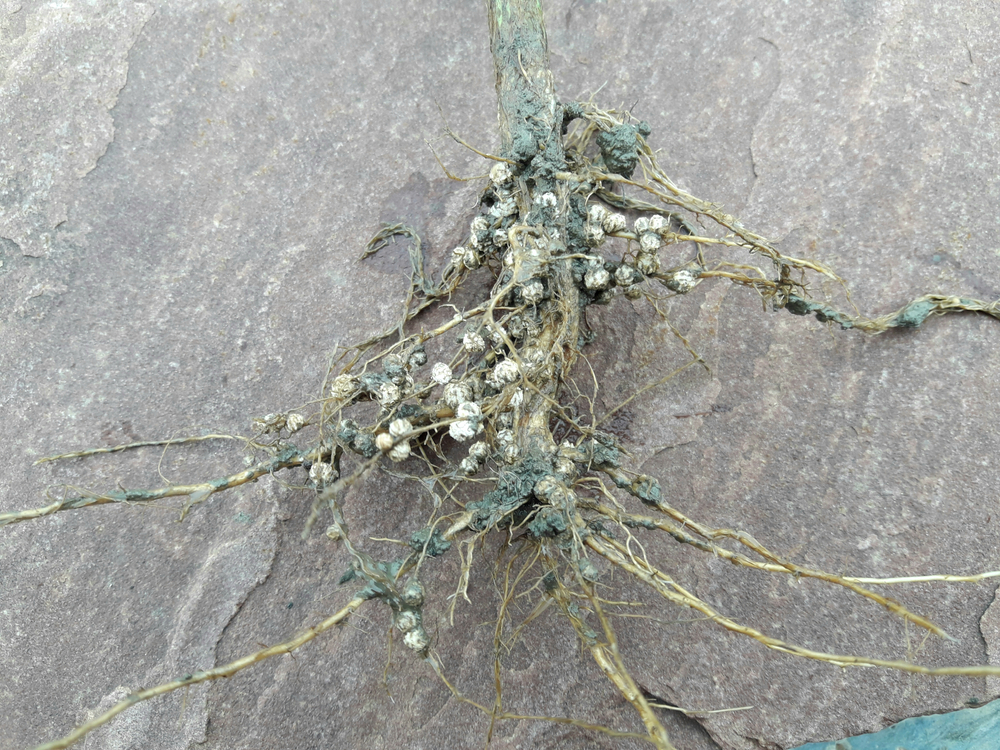We’ve decided to change the format for our newsletters for a while, and address questions from the field. I already do this indirectly: Many times these questions inspire me to conduct additional research and the information will then find its way into a newsletter. Fielding questions from growers is about as good as it gets for me, and I encourage all of you to send yours my way. We like to solve problems! If we get related questions, we’ll try to group them into a themed response.
I’m an organic almond grower and I’m looking for more nitrogen options. What do you recommend?
A combination of products is good start. We have a product that’s done exceptionally well in trials with almonds over the past three years. It’s a bacteria-fixing nitrogen product called TwinN that’s applied through the drip. Based on trials, it’s a good way to reduce other nitrogen input or supplement nitrogen up to 30%. It’s a great alternative to chemical fertilizers because it doesn’t adversely impact soil health. Biological nitrogen fixation (BNF) in plants is an essential mechanism for sustainable agricultural production and healthy, functioning ecosystems. Not all the applied nitrogen in agricultural production is taken up by plants, and the unused nitrogen has negative impacts on the environment.
Plants depend upon beneficial interactions between roots and root-associated microorganisms for growth promotion, disease suppression, and nutrient availability. This includes the ability of free-living diazotrophic bacteria to supply nitrogen, an ecological role that has been long underappreciated in most modern agriculture. But they do make for efficient crop production systems, and nations of the southern hemisphere — Australia, New Zealand and South Africa — have committed to using nitrogen fixing bacteria in the farming practices for more than a decade.
TwinN is composed of the high-performance diazotrophic nitrogen-fixing bacteria species with an incredibly high concentration of microbes: 1011, or 100 billion.
A diazotroph is a microorganism that’s able to grow without external sources of fixed nitrogen, providing a steady supply of plant-available nitrogen through the entire crop season. In an example of symbiosis, TwinN microbes get carbohydrates and nutrients via root exudates from the plant as the microbes return root building blocks to the plants. Root systems grow and expand due to auxin synthesis, greatly increasing root hair density and delivering a root structure that can better capture of all nutrients through improved mineralization. More vigorous root growth also helps crops combat root damage from pests and diseases
Finally, TwinN microbes release organic acids improving availability of phosphorus (P solubilization) and increase the availability of some micronutrients in soils. Applying TwinN complements and takes advantage of what nature provides to all plants, allowing growers to supplement or reduce nitrogen inputs while getting a sustainable supply of plant-available nitrogen.
Whether conventional or organic farming, or farming row or perennial crops, TwinN is a way to reduce nitrogen use and increase profits.





